- Have any questions?
- +380 (50) 50 73 903
- uapothecary.pharmacy@gmail.com
Cystone tablets bottle of 100 pcs
$23.29
Cystone is a combined herbal preparation with a diuretic and antimicrobial effect, has antispasmodic, anti-inflammatory effects, and exhibits litholytic properties.
Pharmacological properties
Pharmacodynamics. The effect of the drug is due to the properties of the components that make up its composition.
Didymocarpus stem contains isopedicin, pedicin, essential oil, pedicillin. It has pronounced diuretic properties.
Stonecrop ligula is a diuretic, has an astringent effect, reduces irritation of the mucous membrane of the urinary tract, promotes the dissolution and destruction of stones in the kidneys and bladder by affecting the crystal-colloidal balance; has an antimicrobial effect.
Madder contains anthraquinone glycosides, ruberythric acid, which helps dissolve oxalate stones in the urinary tract and thereby promote their excretion. Madder has an astringent and diuretic effect.
Rhizomes of the sityla membranaceus have an antimicrobial effect on the genitourinary system.
Rough reed flower has antispasmodic and diuretic effects.
Onosma multifoliata exhibits antiseptic, anti-inflammatory, diuretic, antimicrobial effects, reduces irritation of the bladder mucosa. It is used in the treatment of urinary tract infections.
Vernon ash is used for bladder spasms and difficulty urinating.
Silica lime acts as a diuretic, helping to dissolve stones in the urinary tract.
Purified mineral resin is a balanced tonic composition of useful mineral and organic components. In addition to correcting urination, it affects the processes of digestion, absorption and assimilation of food. It helps improve digestion and metabolism.
Taking the drug Cystone causes an increase in blood flow to the kidneys and urinary tract, has a diuretic and anti-inflammatory effect. Cystone prevents the process of stone formation, reduces the concentration in the urine of elements that contribute to the formation of stones (oxalic acid, calcium, hydroxyproline). Cystone promotes the excretion of stones by microcrushing. By affecting the mucin, which connects individual parts together, the destruction of concrements and crystals occurs. The drug promotes the disintegration of stones, leads to their demineralization.
Cystone has antimicrobial activity, especially against Escherichia coli, Klebsiella spp. and other gram-negative bacteria. It also has an antispasmodic effect, relieving painful urination.
Pharmacokinetics: Not studied.
Indication
Litholysis of oxalate, phosphate stones and stones formed by uric acid and urates; prevention of stone formation after surgery; as an adjuvant for urinary tract infections; nonspecific urethritis; cystitis, pyelitis; gout attacks; urinary incontinence in women; sialolithiasis.
Application
Cystone is taken orally.
Litholysis of oxalate, phosphate stones and stones formed by uric acid and urates: adults and children over 14 years old – 2 tablets; children 6-14 years old – 1 tablet; children 2-6 years old – 1/2 tablet 3 times a day for 3-4 months; subsequently, adults and children over 14 years old – 1 tablet, children 6-14 years old – ½ tablet, 2-6 years old – 1/4 tablet 2 times a day or until the stones pass.
For urinary tract infections: adults and children over 14 years old – 2 tablets; children 6-14 years old – 1 tablet; children 2-6 years old – 1/2 tablet 3 times a day for 4-6 weeks.
For recurrent urinary tract infections: adults and children over 14 years old – 1 tablet; children 6-14 years old – 1/2 tablet; 2-6 years old – 1/4 tablet 2 times a day for 6-12 weeks.
For acute renal colic: adults and children over 14 years old – 2 tablets; children 6-14 years old – 1 tablet; children 2-6 years old – 1/2 tablet 2 times a day until symptoms disappear.
To prevent kidney stones: adults and children over 14 years old – 1 tablet; children 6-14 years old – 1/2 tablet; children 2-6 years old – 1/4 3 times a day for 4-5 months.
Contraindication
Hypersensitivity to individual components of the drug.
Side effects
In some cases, allergic reactions are possible.
Special instructions
Cystone is not recommended for obstruction caused by large stones (10 mm according to ultrasound). Cystone can be used during pregnancy and breastfeeding.
Interactions
Not known.
Overdose
Not marked.
Storage conditions
At a temperature of 10-30 °C in a dry place, protected from light.
Current information
Cystone is a multicomponent drug, which includes several plant extracts. According to the classification, it belongs to traditional medicines, to drugs used in urology. It has anti-inflammatory and diuretic properties, and is also able to prevent the formation of kidney stones and the destruction of existing ones (Borisov ST, 2004). Cystone has an antimicrobial effect, and it is active against the most common pathogens of urinary tract infections Klebsiella spp. and Escherichia coli. In addition, it regulates the peristalsis of the urinary tract, relieves painful spasms in renal colic, cystitis, urethritis and improves the quality of life in urinary incontinence.
Its soft universal effect is achieved through a combination of a large number of specific herbal extracts and minerals. Among them are extracts of the following plants:
• Didymocarpus pedicellata (lat. Didymocarpus pedicellata) is a little-known Himalayan plant that contains pedicin, isopedicin, pedicillin, tannin and gallic acid. It has pronounced astringent and antitumor effects. In addition, it has antioxidant and antibacterial properties. Helps destroy stones in the urinary tract. Regulates the absorption of calcium ions in the gastrointestinal tract. Tannins provide a pronounced nephroprotective activity of the drug. The active substances of the plant also affect purine metabolism, which allows it to be used for the treatment of gout (Chopra RN, 1996). One tablet contains 65 mg of extract of flowers of Didymocarpus pedicellata;
• Saxifraga ligulata (lat. Saxifraga ligulata) is a perennial plant common in rocky areas. It has sedative, anti-inflammatory, bactericidal and analgesic properties, due to which it is widely used in folk medicine. Saxifraga is rich in such biologically active substances as saponins, coumarins, alkaloids and glycosides (Asolkar LV, 1992). It should be borne in mind that the extract of this plant is contraindicated for pregnant women (although it is known about its properties to enhance lactation) and children under 2 years of age, as well as for people with increased blood clotting. One tablet contains 49 mg of saxifraga ligulata stem extract;
• madder heart-leaved (lat. Rubia cordifolia) is widely distributed in Siberia and Asia. It is rich in cardenolides, triterpenoids, rubifoliic and rubiconmarie acids, asperuloside. The plant has long been used to regulate salt metabolism in the body. Its roots contain rubeanoic acid, which helps dissolve oxalate stones in the kidneys (Jisha J., 2008). One tablet contains 16 mg of extract of this plant;
• Cyperus scariosus (lat. Cyperus scariosus) – a perennial plant common in Central Asia, which has found application in Ayurvedic medicine. It is a distant relative of papyrus (Cyperus papyrus), known for its bactericidal, diuretic and wound-healing properties (Chopra RN, 1996). 1 tablet contains 16 mg of rhizome extract of Cyperus scariosus;
• rough strawflower (lat. Achyranthes aspera) is another plant that is very popular in India, China and Nepal. It can be called the most popular medicinal plant in Nepal. It is characterized by litholytic, antispasmodic, diuretic and anti-inflammatory effects (Nayar SL, 1996). However, its use is not recommended for pregnant and breastfeeding women, as well as children under 6 years of age. 1 tablet of Cystone contains 16 mg of rough strawflower seed extract;
• Onosma bracteatum (lat. Onosma bracteatum) is widely distributed in warm regions of Europe and Asia. It is characterized by a pronounced diuretic and myotropic (eliminates smooth muscle spasm) action. One tablet of the drug contains 16 mg of extract of the aerial part of Onosma bracteatum;
• Vernon cinerea (Latin Vernonia cinerea) is a plant that is common in warm regions around the world. It is known for its properties to prevent urinary stasis, and this effect, in turn, is one of the most important in the prevention of urolithiasis (Mohanty NK, 2010). One tablet contains 16 mg of Vernon cinerea extract.
In addition to plants, Cystone contains the following minerals:
• purified mineral resin – a well-known tonic, which contains a large number of mineral and organic components (humic substances). It helps to correct metabolic processes. One tablet of Cystone contains 13 mg of this substance;
• silica lime powder (16 mg per tablet) has a diuretic effect and promotes the disintegration of stones due to its effect on mucin, which binds individual crystals into a single mass.
In addition to the substances listed above, Cystone also contains (without a unified dosage) aqueous (steam) extracts of the following plants:
• cornflower herb, or sweet basil (Latin Ocimum basilicum) – has a tonic effect on the body, is widely used for cystitis due to its astringent properties;
• Tribulus terrestris fruits – help remove stones from the kidneys and urinary tract due to the huge amount of biologically active substances, including sitosterol, campesterol, isorhamnetin, aglycone, rutin, dioscin, gracillin, as well as tannins and Biosmol;
• Mimosa pudica seeds – rich in tannin, L-mimosine and calcium oxalate. These biologically active substances help reduce bleeding and accelerate the healing of any epithelial damage;
• seeds of Dolichos biflorus (lat. Dolichos biflorus) – have a diuretic effect, help dissolve kidney and bladder stones;
• stems of Pavonia odorata (Latin Pavonia odorata) – a plant from the mallow family, common in Asia and Africa, with a pronounced antibacterial effect;
• Horsetail stems (Latin Equisetum arvense) – contain many alkaloids (nicotine, equisetin), flavonoids, saponins, organic acids (malic, aconitic, oxalic) and polyoxyanthraquinone compounds, as well as tannins. The plant is known for its diuretic and hemostatic effects. However, it must be taken into account that it can irritate the kidney parenchyma in nephrosonephritis;
• teak tree seeds (Latin: Tectona grandis) – have astringent, antibacterial properties, thanks to which they help reduce the severity of the inflammatory process in the urinary tract.
indication
Cystone is used to treat various manifestations of uric acid diathesis in adults and children over 12 years of age. First of all, the drug is indicated in the treatment of various forms of urolithiasis. It allows you to dissolve stones formed from phosphates, oxalates, urates, uric acid, acts on both already formed stones and precipitated crystals. The purpose of Cystone is indicated for renal colic, which is caused by the migration of sand through the urinary tract. It is prescribed as part of complex therapy as an adjuvant for urinary tract infections, nonspecific urethritis, cystitis, pyelitis.
Cystone is also widely used in urology to prevent recurrence of stone formation after ultrasonic lithotripsy, surgical or endoscopic removal of stones from the urinary tract.
Regulates peristalsis of the urinary tract, so it can be used as an aid for urinary incontinence.
Given that the components of Cystone affect purine metabolism, the drug is prescribed in the complex therapy of gout.
An interesting indication for use is the use in maxillofacial surgery, namely the treatment of calculi (salivolites) in the excretory ducts and parenchyma of the salivary glands.
application
Cystone is taken orally, preferably after meals.
For the treatment of urolithiasis, the drug is prescribed in long courses (3-6 months). In this case, adult patients and children over 14 years old take 2 tablets 3 times a day, children 12-14 years old – 1 tablet 3 times a day, for 3-4 months. Then the dosage regimen and frequency of administration change. Adults and children over 14 years old – 1 tablet 2 times a day, children 12-14 years old – ½ tablet 2 times a day. After lithotripsy or extraction of stones to prevent recurrence, in the first month of treatment, 2 tablets 3 times a day are taken, and from the 2nd to the 6th month – 1 tablet 2 times a day. The effectiveness of treatment is assessed by a general urine test and ultrasound of the kidneys.
For the treatment of nonspecific urinary tract infections, the drug is used in the same dose, necessarily combining it with appropriate antibiotics or uroantiseptics. The duration of the course is determined based on clinical manifestations and the results of clinical urine analysis. In the absence of effect after 3 weeks of treatment, it is recommended to conduct a bacteriological study of urine and determine the sensitivity of microflora to antibiotics.
Contraindication:
• individual intolerance to the components of the drug;
• obstruction of the urinary tract by a large stone or tumor;
• non-infectious (especially autoimmune) inflammation of kidney tissue – glomerulonephritis, interstitial nephritis, nephrosis;
• children under 12 years of age.
adverse reactions
Since the composition of the drug Cystone contains a large number of natural plant extracts, allergic reactions are primarily possible. They can manifest themselves in various forms – from rash, hyperemia and itching to angioedema and anaphylactic shock.
In addition, reactions of individual intolerance are possible, mainly from the gastrointestinal tract: pain in the stomach, nausea, vomiting, flatulence, stool disorders.
Since Cystone promotes the dissociation of kidney stones, a specific side effect may be pain in the lower back or lower abdomen at the end of urination. It is associated with the migration of crystalline casts of the urinary tract or stone fragments.
application features
The drug does not change the pH of urine.
When assessing the effect of Cystone treatment , it is important to remember that its therapeutic effect will develop gradually. To increase effectiveness, it is necessary to adhere to a drinking regimen (at least 2.5 liters of clean water per day), regularly empty the bladder, and follow a diet low in calcium and oxalates (many vegetables and herbs, including sorrel and spinach, can be a source of oxalates). The drug is suitable for use in pediatric practice from the age of 14. There is no need to continue individual dose adjustment or frequency of administration in elderly patients. If the patient missed a tablet on time, there is no need to make up for this by taking a double dose at the next dose.
If during the course of treatment you suddenly experience sharp pain in the abdomen or lower back, or your urine turns red or brown, you should seek medical attention, as it may be caused by the migration of a large fragment of a kidney stone and obstruction of the ureter.
There is no data on the effect of the components of the drug Cystone on the fetus and its penetration into breast milk, therefore it is undesirable to use it during pregnancy and breastfeeding.
Cystone has low toxicity, so there are no reported cases of overdose to date. In case of accidental overdose, the patient usually does not experience any symptoms, but as a preventive measure, gastric lavage and enterosorbents may be recommended.
Does not affect reaction speed.
The components of Cystone increase the bioavailability of norfloxacin, trimethoprim, and sulfamethoxazole, therefore, their dose adjustment is required when used simultaneously.
Drinking alcohol during treatment with the drug increases the risk of developing disulfiram-like reactions.
conclusion
Thus, Cystone is a drug for the treatment of a wide range of pathological processes that are specific manifestations of uric acid diuresis. Its action develops over a long period of time, but in some cases, its correct use saves the patient from the need for painful surgical or endoscopic interventions.

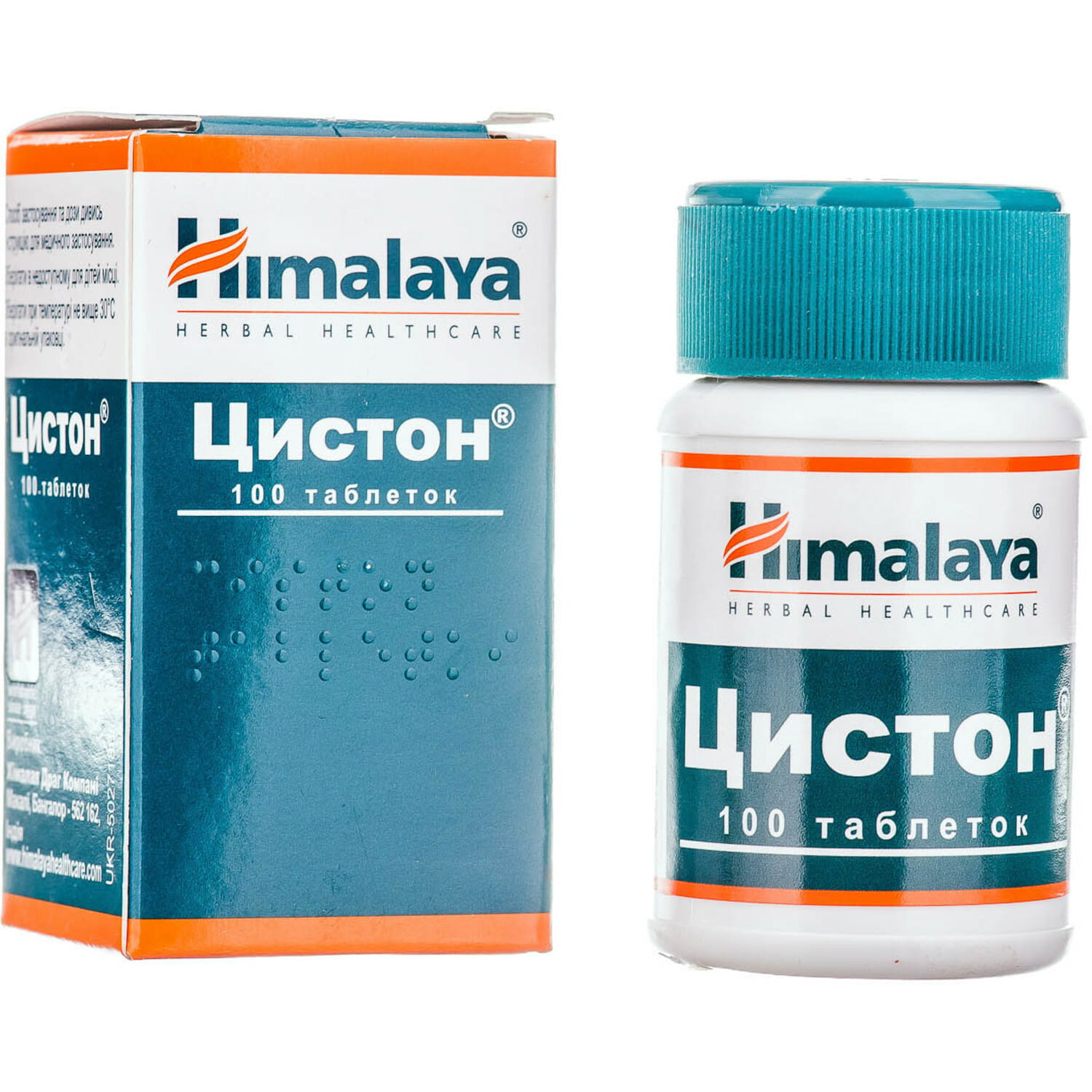
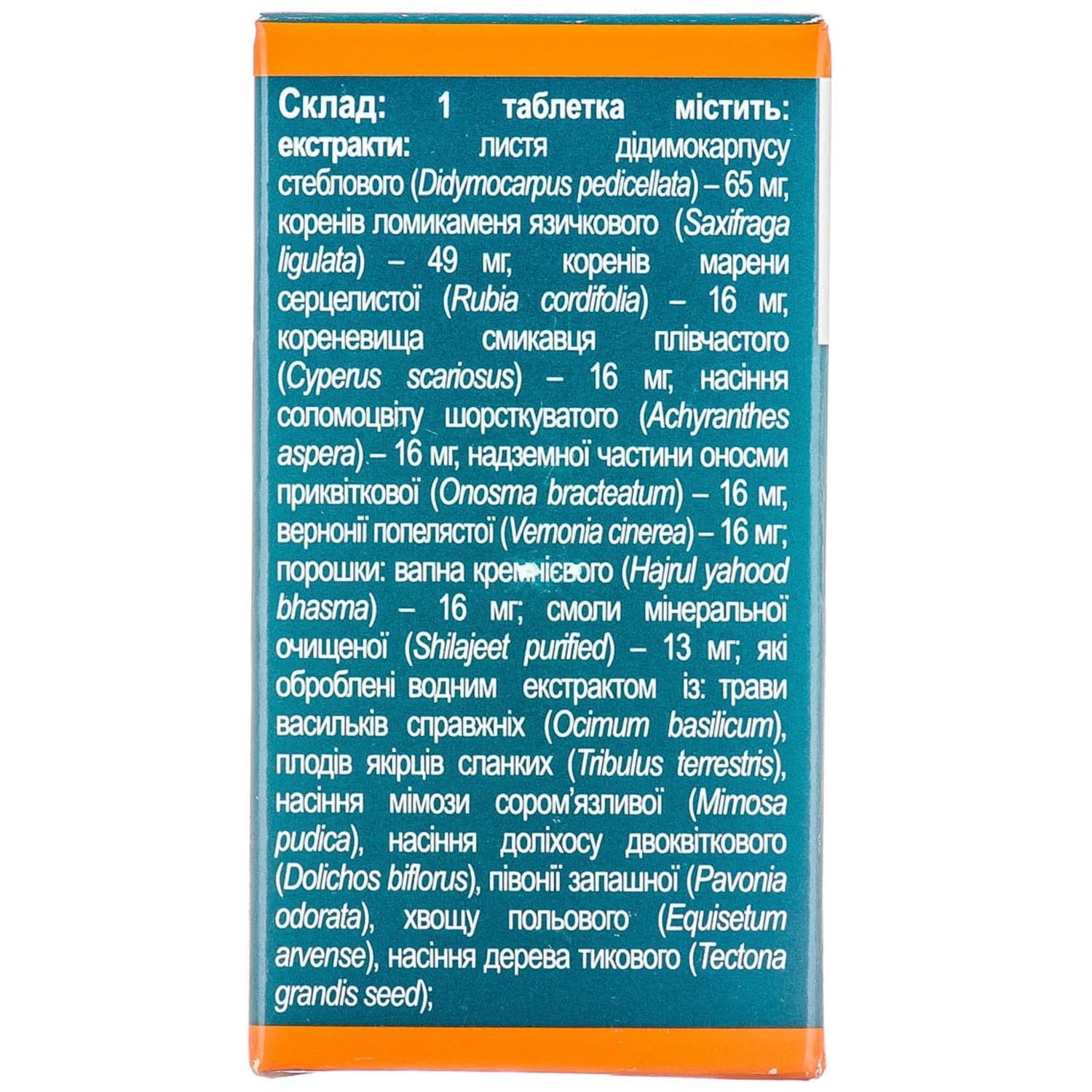
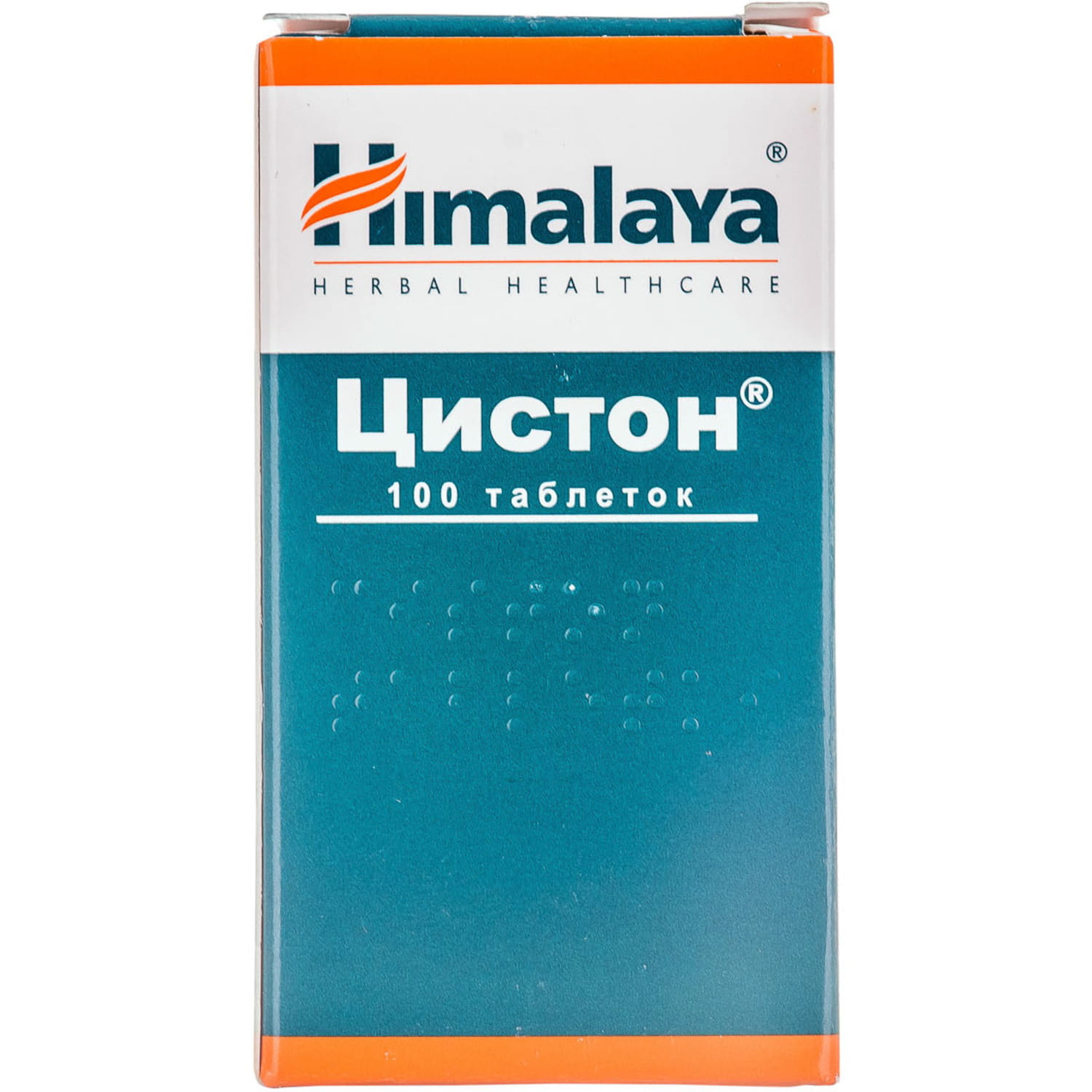
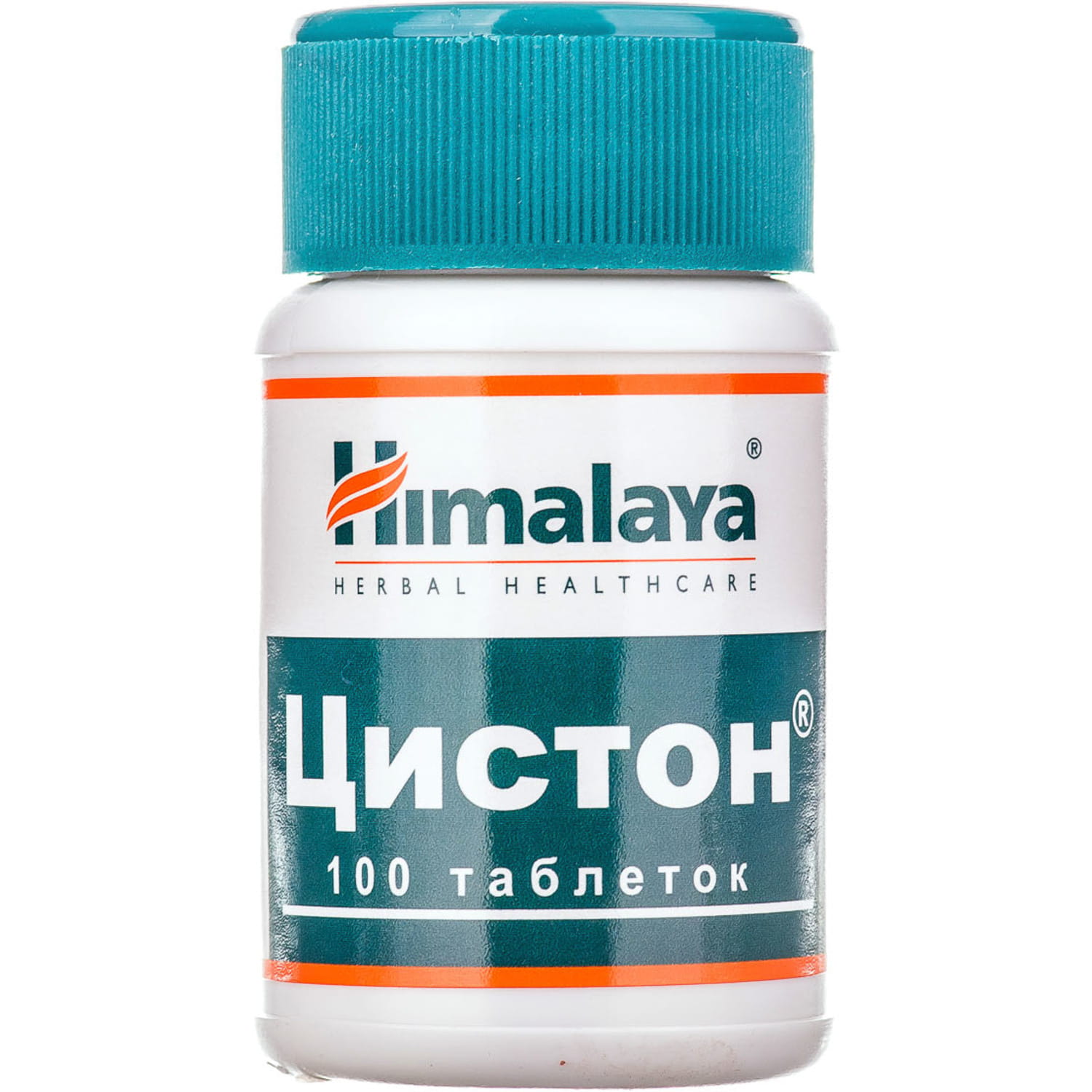
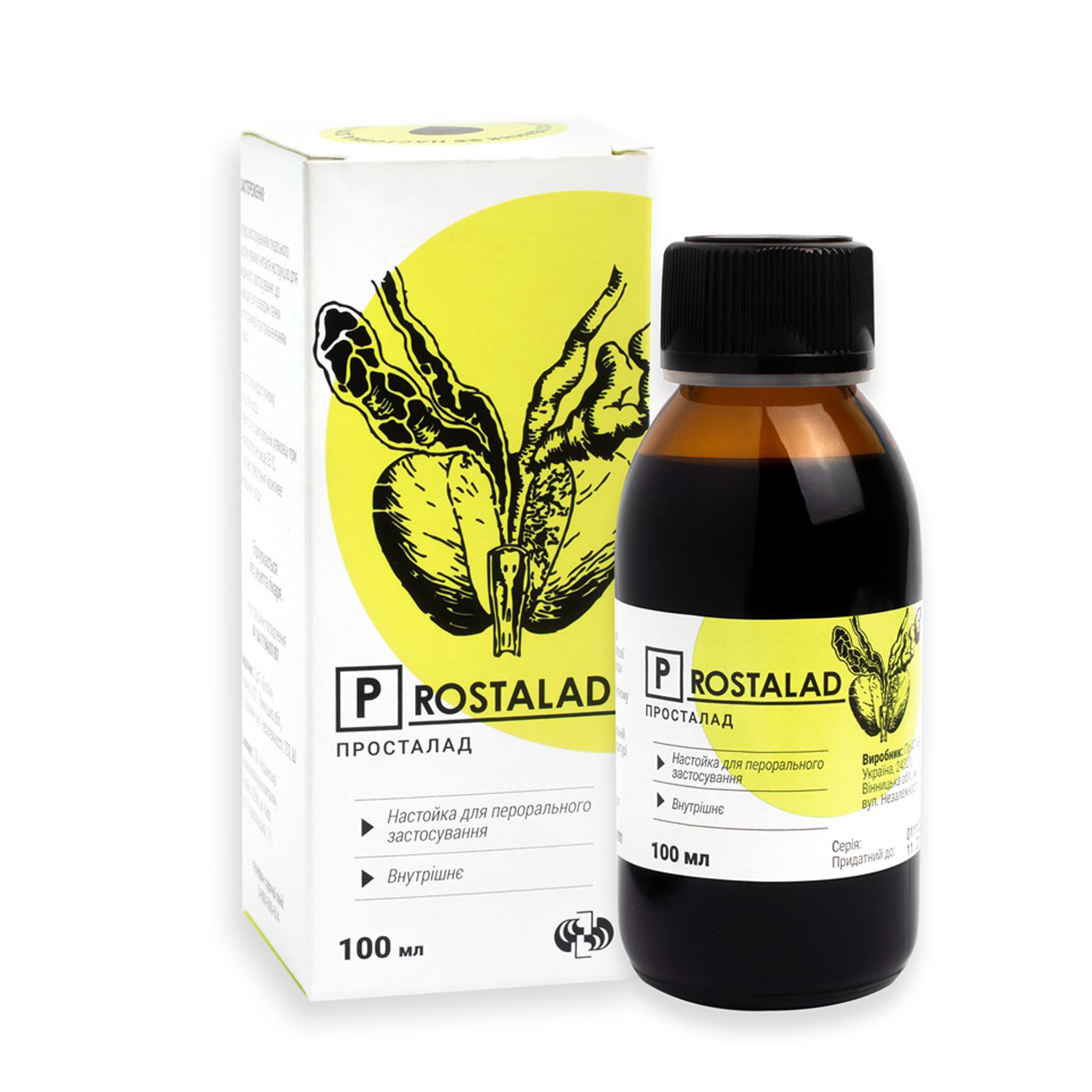
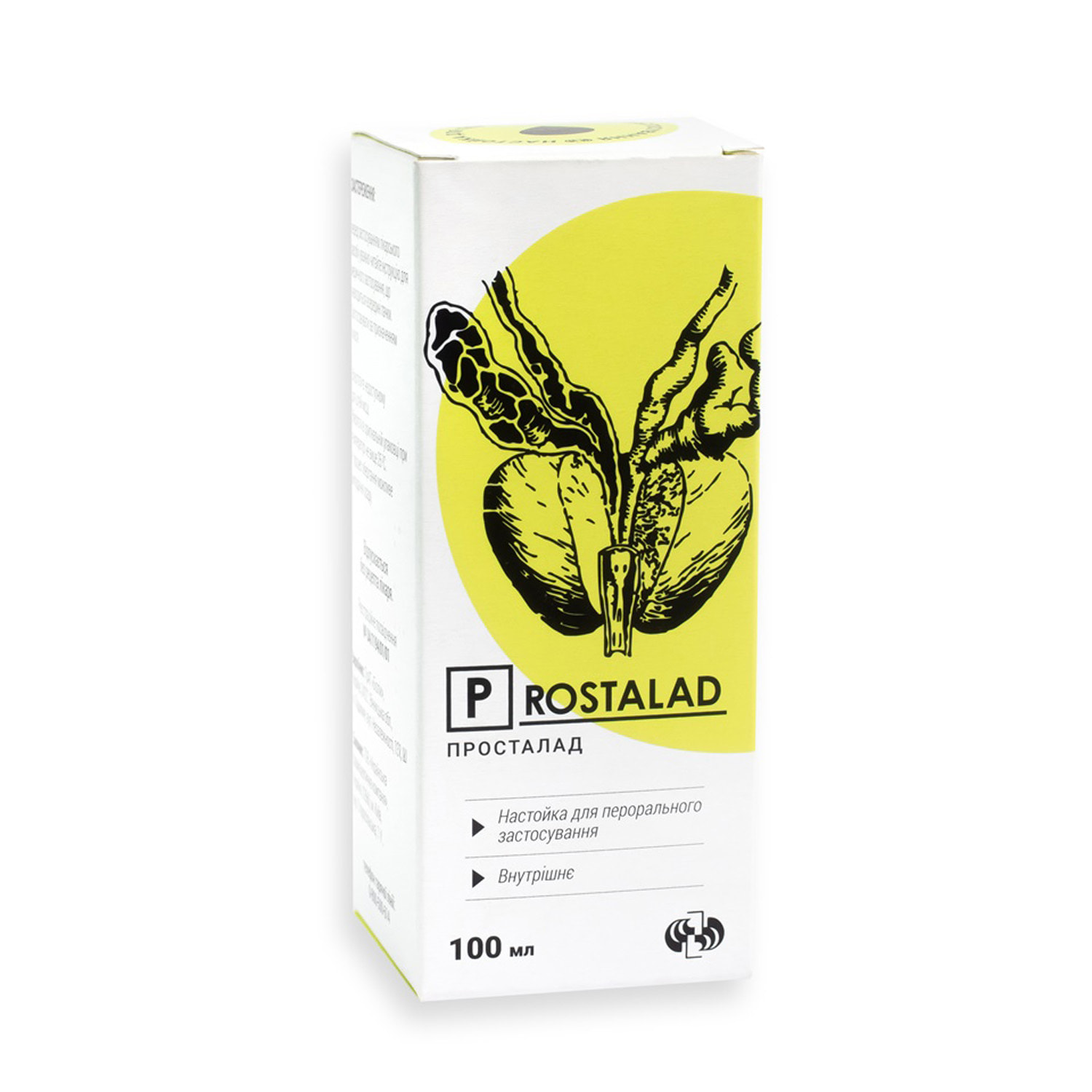
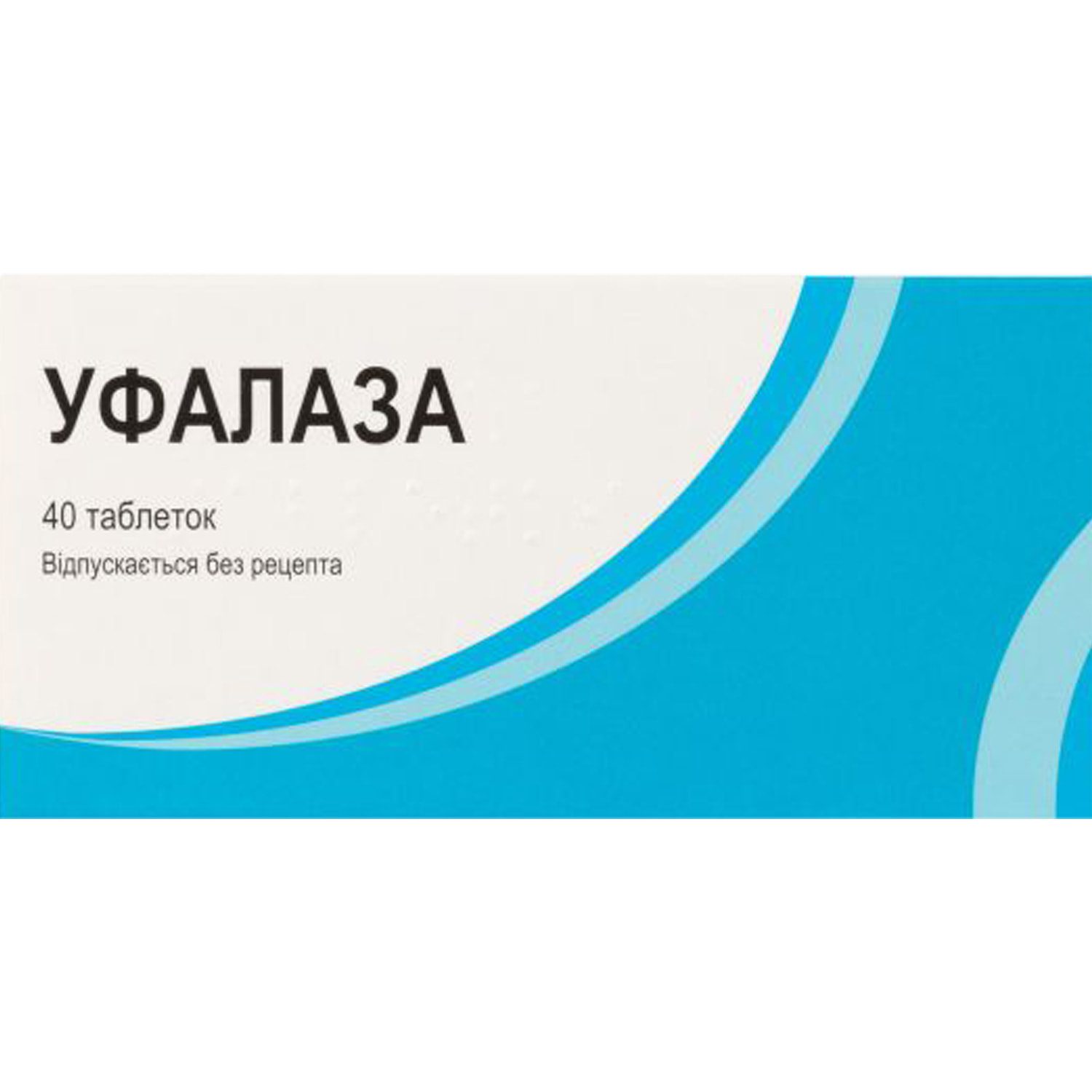

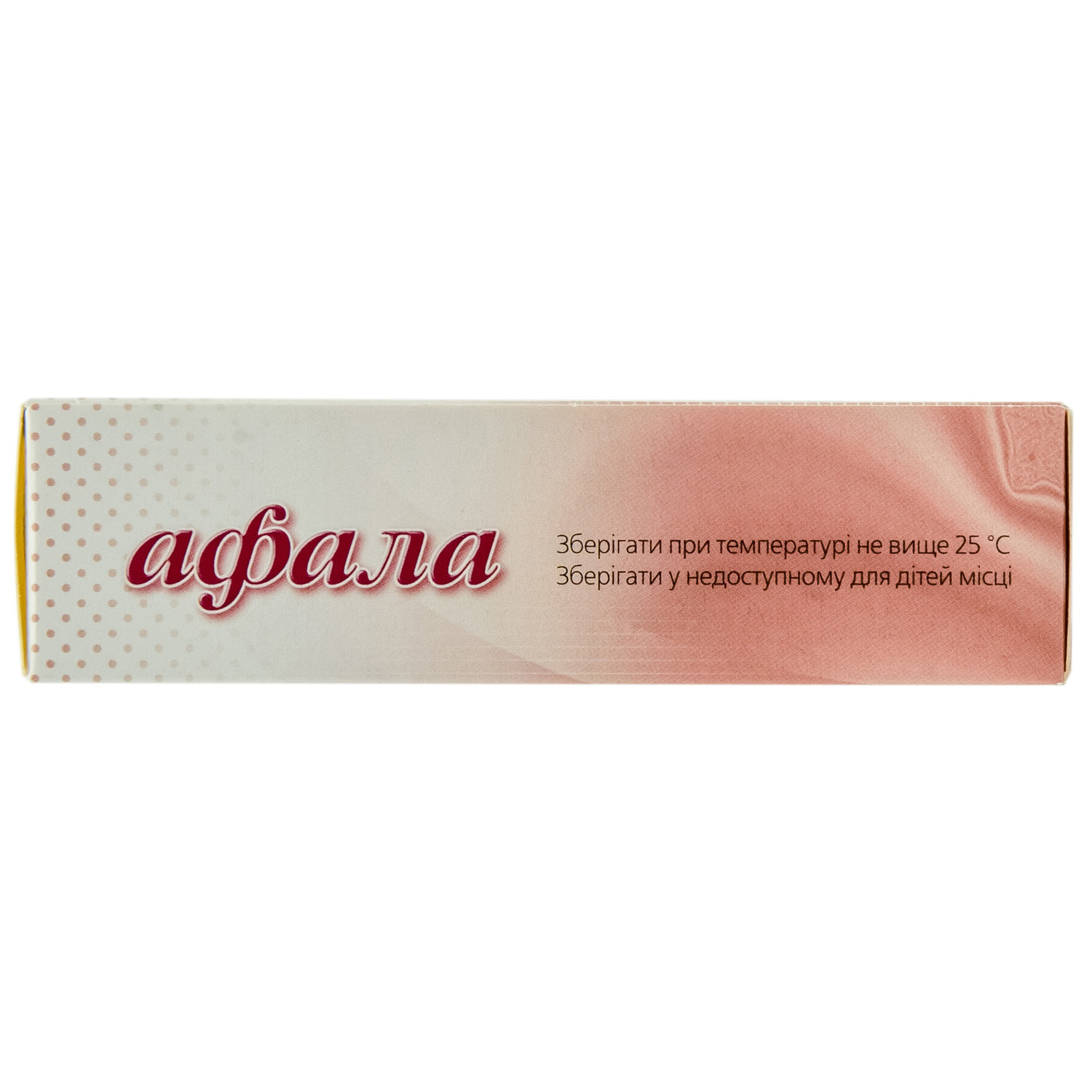
Reviews
There are no reviews yet.